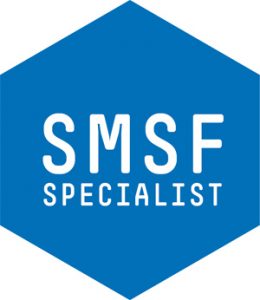Property investment by an SMSF will fail the sole purpose test if it provides pre-retirement benefit to someone such as personal use of a fund asset, warned the ATO director of the SMSF Auditors Segment.

In a presentation to the SMSF Australian Auditors’ Association Conference in Sydney last week, Mr Delahunty said the rules around property investment for SMSF is clear cut and there are three key considerations for trustees – that the investment meets the ‘sole purpose test’ of solely providing retirement benefits to fund members, that it satisfies the trust deed and investment strategy of the SMSF and that it is not prohibited by the super laws.
Mr Delahunty said a SMSF needs to be maintained for the sole purpose of providing retirement benefits to its members, or to their dependants if a member dies before retirement.
“It’s likely your fund will not meet the sole purpose test if you or anyone else, directly or indirectly, obtains a financial benefit when making investment decisions and arrangements other than increasing the return to your fund,” he said.
“A fund fails the sole purpose test if it provides a pre-retirement benefit to someone – for example, personal use of a fund asset which was set out in the sole purpose test implications of fractional property investments following the Full Federal Court decision in Aussiegolfa Pty Ltd (Trustee) v Commissioner of Taxation [2018] FCAFC 122.”
He continued that the super laws require that trustees must prepare and implement an investment strategy for their SMSF and give effect to and review their strategy regularly.
“The strategy must consider the risks involved in making, holding and realising, and the likely return from the fund’s investments regarding its objectives and cash flow requirements,” he said.
“It must also look at the composition of the fund’s investments including the extent to which they are diverse and the risks of inadequate diversification and finally the liquidity of the fund’s assets and its ability to pay benefits and other costs it incurs.”
Asset concentration risk, he said, is heightened in highly leveraged funds, such as where the trustee has used a limited recourse borrowing arrangement to acquire the asset.
There has been a growing trend in property investment over the past five years, with the ATO data revealing that in 2020–21 overall SMSF investment in real property was $166.9 billion out of approximately $800 billion in total SMSF assets.
Total investment in real property grew to $166.9 billion in 2020–21, up from $163.0 billion in 2019–20 and $137.0 billion in 2016–17. Direct investment in non-residential real property grew by 15 per cent from $64.7 billion in 2016–17 to $74.7 billion in 2020–21. Investment in 2019– 20 was $73.1 billion.
The trend continued in residential property investment which has also risen over the past five years, increasing by 23 per cent from $33.7 billion in 2016–17 to $41.6 billion in 2020–21. Investment in 2019–20 was $39.1 billion.
A spokesperson for the ATO said it cannot help trustees prepare their SMSF investment strategy, as this could amount to the provision of financial advice.
“If trustees need assistance, we recommend they work with a registered SMSF adviser or a qualified, licensed financial adviser,” the spokesperson said.
By Keeli Cambourne
30 March 2023
momentumconnect.com.au























